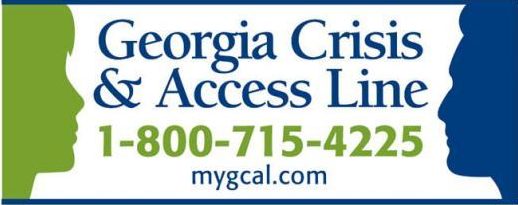Aspire Behavioral Health and Developmental Disability is one of 25 Community Service Boards in the state of Georgia. Aspire has provided behavioral health, substance abuse and developmental disability services for individuals and their families for more than 20 years.
In 1972, the Division of Mental Health became part of the Department of Human Resources. Locally, area mental health and developmental disability programs existed under the leadership of county boards of health. Each Center was fairly independent, even though the structure of a 10 county area was already established as Northeast Georgia Center. Clinics were typically tied more to their county board of health than to the larger entity of Northeast Georgia Center. The medical model predominated.
In 1994, House Bill 100 created a significant change for Mental Health, Addictive Disease and Developmental Disabilities Services. This bill created community service boards (CSBs), which were separate from the Boards of Health. CSBs were established under their own governing boards, with representation from each county served within its auspices, and representation by family members, or former consumers of services. Appointees to the Board were made by the County Commission. Local mental health centers were no longer a part of state government. Rather, the state contracted with CSBs to provide services.
In response to the movement away from a medical model of treatment and state run facilities, CSBs began serving the needs in local communities, and Aspire (also known as Albany Area Community Service Board) was established. Aspire immediately became the safety net provider for individuals with comprehensive needs in Southwest Georgia and developed internal policies and procedures to allow individuals access to care that is person-centered and recovery-oriented.
Today, Aspire serves more than 9,000 individuals and families across southwest Georgia, leading them towards health, hope, and recovery.




